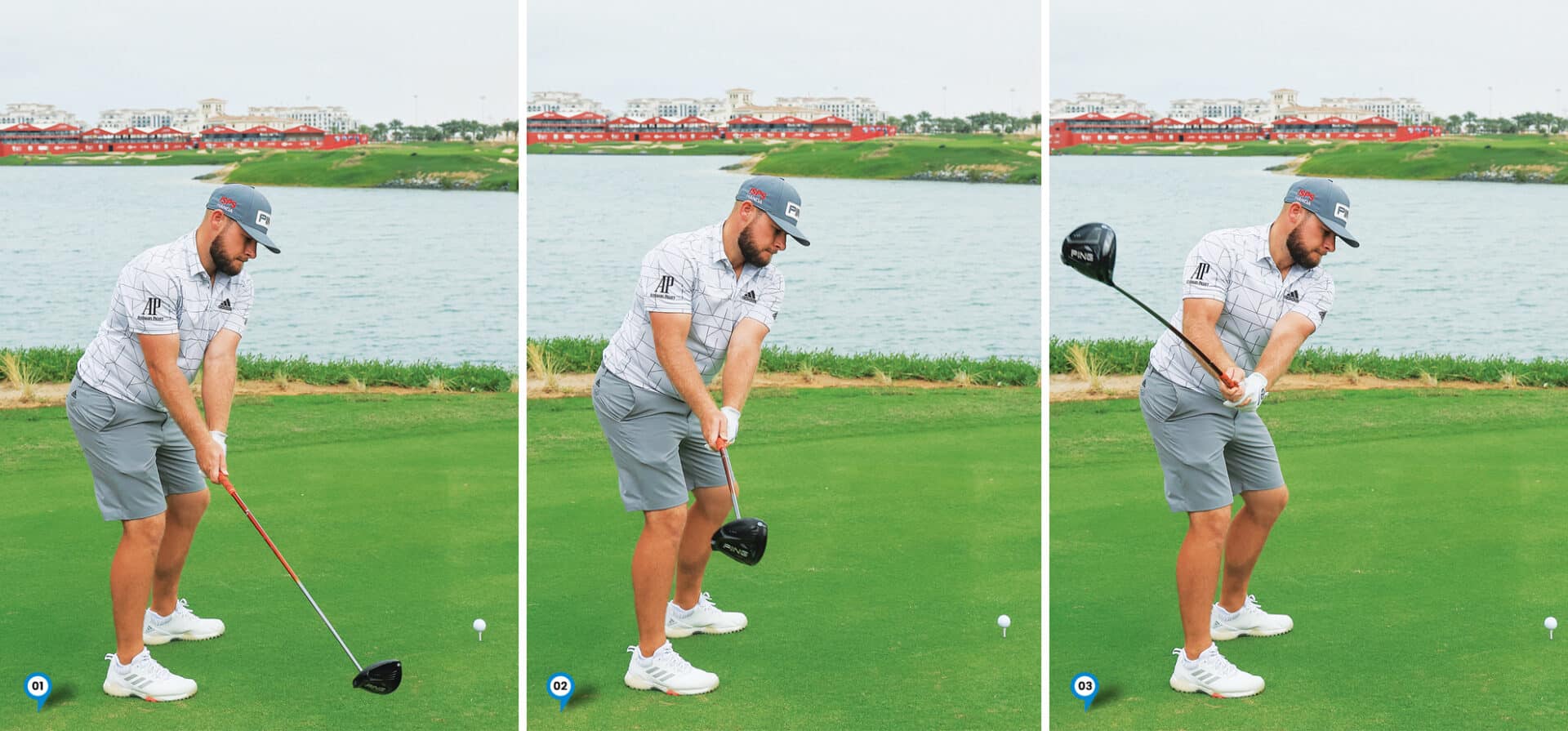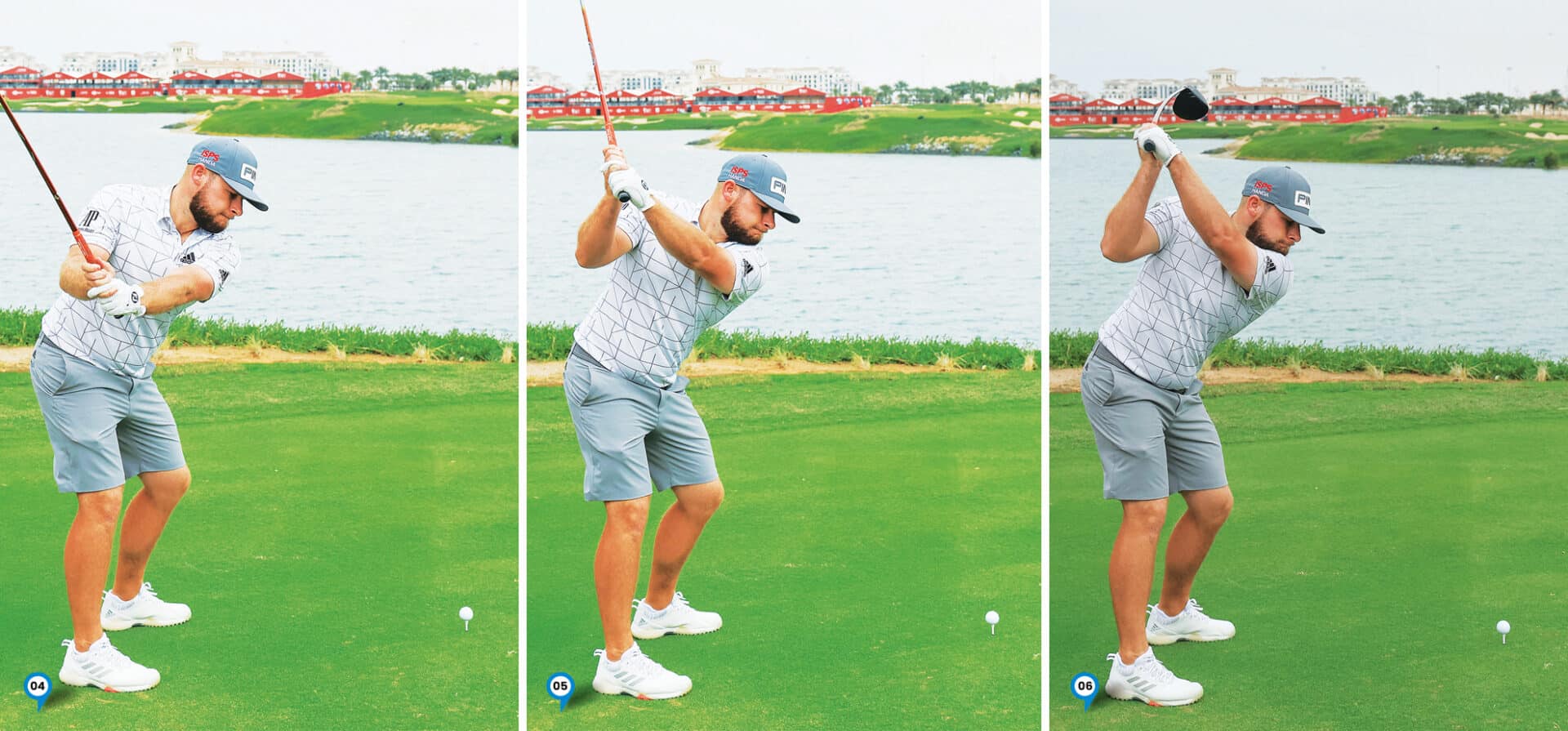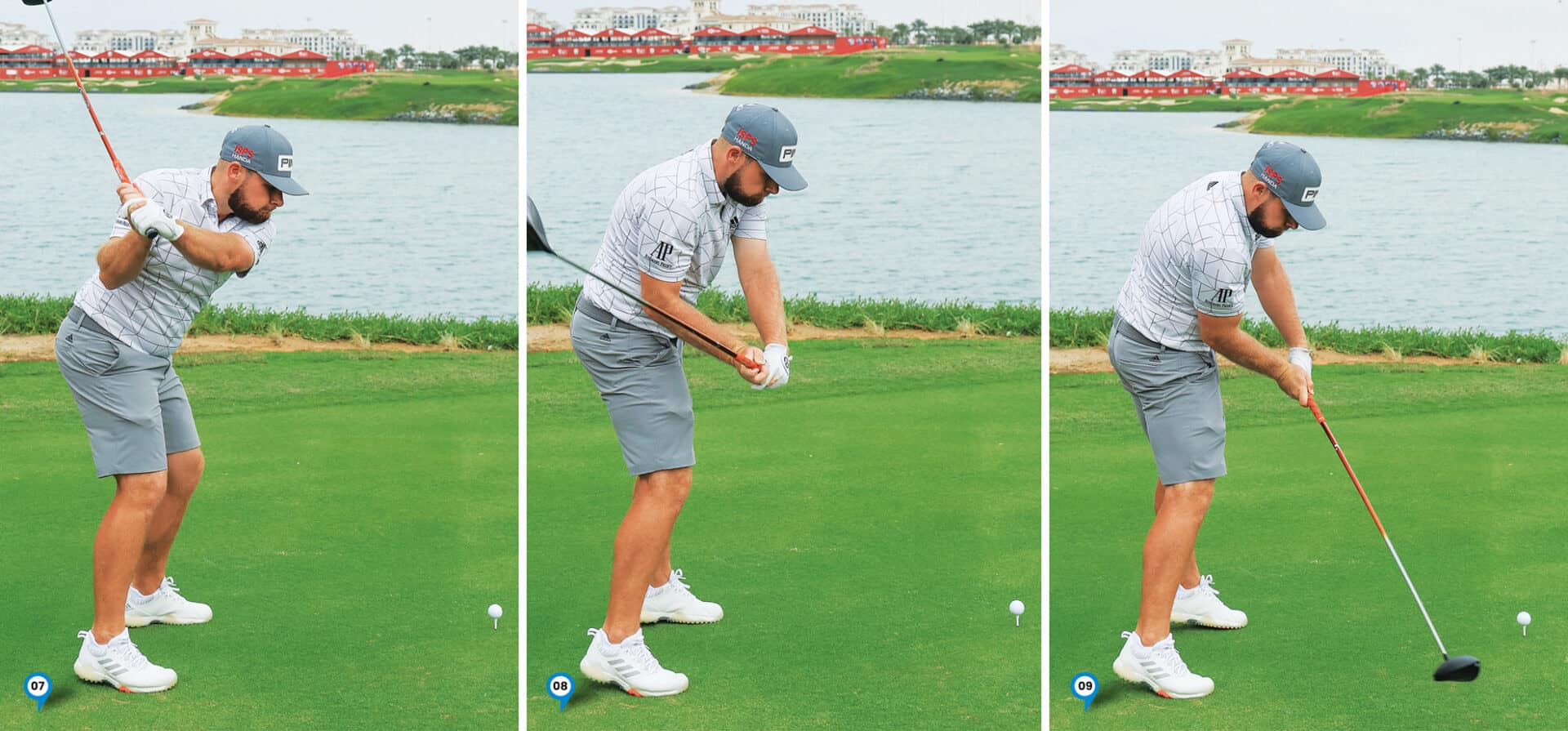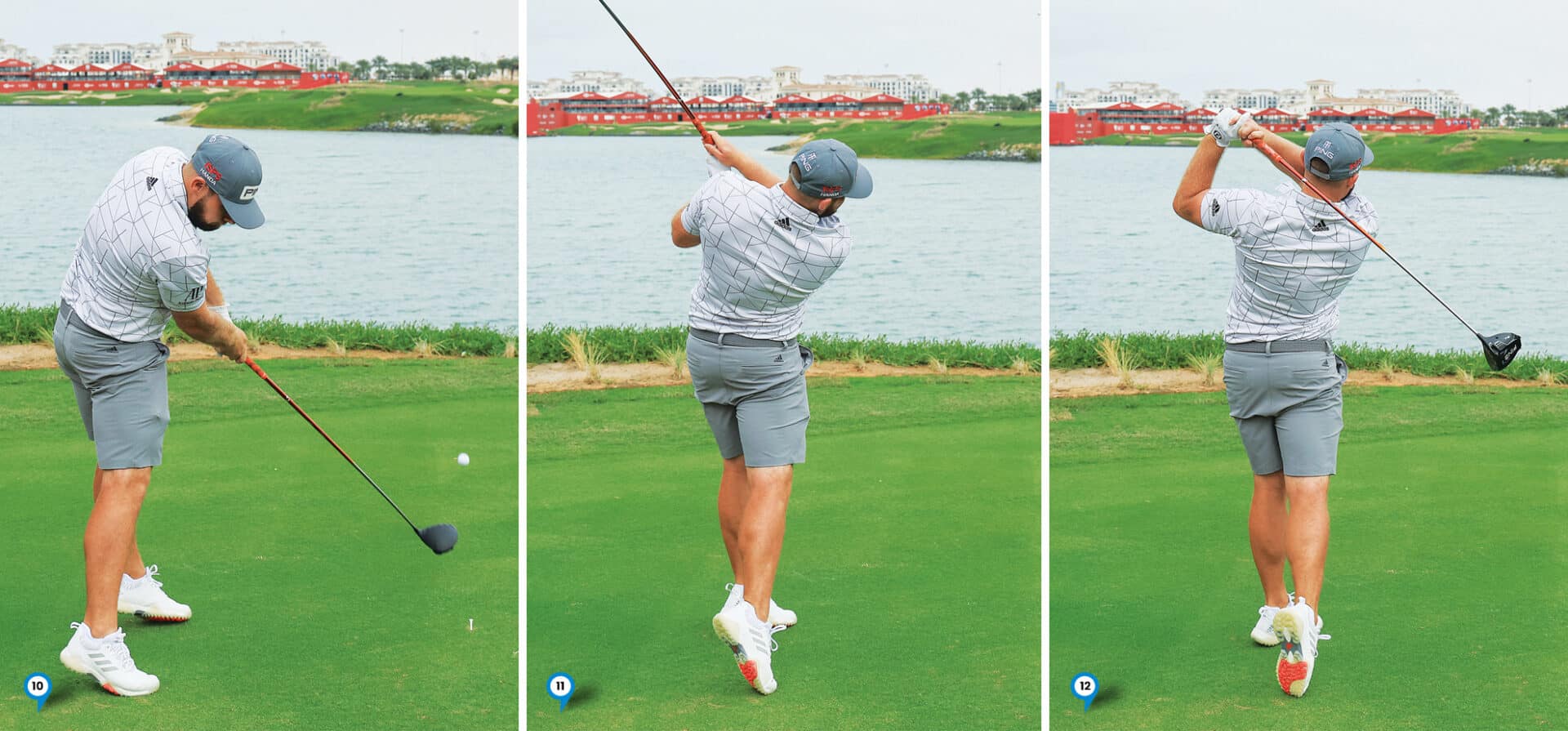Tyrrell Hatton’s swing is a model of simplicity and precision. Developed early in his career and refined through consistency rather than constant tinkering, it’s a no-frills action that holds up under pressure. His ability to own his swing is a key reason behind his reputation as one of the Tour’s most reliable performers.
Tyrrell is one of the most consistent players on the planet and you can certainly see why from his simple no fuss swing. I know his only coach was his father Jeff from an early age and they developed his current swing by the time he was 17 years old. Since then, they just monitor his pattern and ensure everything they worked on during those early years stays in place. This is such a refreshing approach and something I feel is potentially a lost art in modern golf. Greats such as Jack Nicklaus, Sam Snead, Freddie Couples and in the modern game Scottie Scheffler also followed this approach. It allows the player to become completely emerged in playing the game and stands up under the most extreme pressure as the player owns they’re game.

1. Solid primary movement as the arms stay connected and the chest coils away from the ball. You’ll notice now he holds the ground with his knees solidly planted over the balls of his feet and limited hip coil early in his pattern.
2. His chest continues to coil as he maintains a strong lower half and good control over any unnecessary club face rotation as the club stays in front of his hands.
3. Tyrrell’s right arm starts to fold and his wrists softly set as the club works up on a perfect plane. Again his chest has continued to coil against a solid lower half with limited hip coil early in his pattern.

4. His hips start to gradually coil as the pressure works it way into his right foot as he starts to load his shoulders up
5. He reaches his full hip turn just before the top of his swing as his chest continues to coil. It looks like his hip coil is less than 45 degrees but his chest coil is more than 90 degrees. This pattern allows him to hold the ground exceptionally well but still create plenty of power.
6. At the top the club reaches a point slightly short of parallel due to his controlled hip coil. This position although slightly shorter than some of the worlds best players I believe is Tyrrells superpower as it gives him way more in terms of consistency and club control than he could ever gain with a slightly longer swing. You’ll also notice his hips have started to shift and coil left indicating he’s already started his transition into the downswing.

7. He continues to shift left and uncoil his solid lower half as his shoulders unload down. This downward action slightly shallows the club as he maintains the set in his wrists.
8. At this stage Tyrrell has unloaded his shoulders but maintained a good proportion of his chest coil and not opened up early like many amateurs tend to do. You’ll also notice he’s pushing up of the ground to create that powerful vertical force. You can see the pressure has moved into both toes and his heels start to lift.
9. Pre impact he holds that set in his right arm and wrists (lag) as his body continues to post up into his toes. You can see his hip coil is now open and his shoulders relatively square. From here it’s easy to see how he can produce an extremely neutral controlled ball flight with limited side spin.

10. Full release of the club and full extension of his arms down the target line as he continues to push up of the ground. His head stays beautifully behind the ball guaranteeing a positive attack angle.
11. As he moves through the ball his left heel and foot lower into a stable balanced position for him to continue to coil around. You’ll also notice a slight early fold in his left elbow which allows him to keep the face square for longer through the ball.
12. Full balanced finish with his hips facing the target and his chest slightly left as he enjoys yet another solid controlled drive.